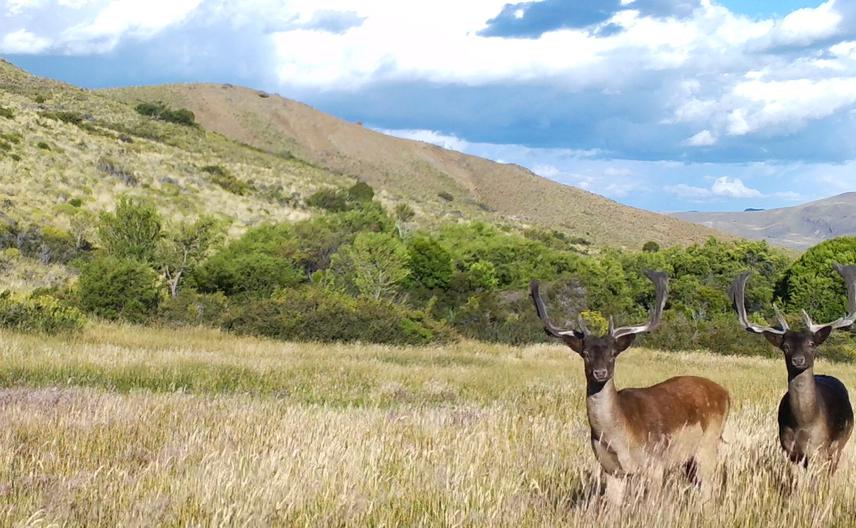Sebastián A. Ballari
Other projects
25 Nov 2009
Impact of the European Wild Boar (Sus scrofa) on the Biodiversity of the Humid Chaco, Argentina
6 Oct 2015
Interaction Between Non-Native Ecosystem Engineers: The Case of Wild Boar (Sus scrofa) and Cattle (Bos taurus) in the Nahuel Huapi National Park, Argentina
Wetlands are being lost or degraded very rapidly worldwide. In addition to represent biodiversity “hot spots”, wetlands are highly productive systems that provide a large number of ecosystem services including fresh water supply, flood control, coastal stabilization, cultural values, tourism opportunities, and mitigation of the effects of climate change. Likewise, these benefits add-up to productive activities such as agriculture and livestock ranching due to the soil quality, water, forage quality and availability. This project will in locate in the Patagonian Steppe ecoregion, specifically in Fortín Chacabuco Ranch, in the Nahuel Huapi National Park (Río Negro, Argentina). The Patagonian steppe is poorly represented in protected areas of Argentina and is strongly threatened by drivers of global change such as changes in land use and overgrazing. Based on its unique biodiversity and habitat characteristics, the World Bank and the World Wildlife Fund classified it as vulnerable and identified it as one of the world's top regional conservation priority ecosystems.

Non-native fallow deer (Dama dama) in FCR.
In addition, Fortín Chacabuco Ranch that is managed by The Nature Conservancy (TNC), promotes adaptative and sustainable management of grasslands and livestock for the preservation of biodiversity and native ecosystems in Patagonia. In this project we will assess the individual and combined impacts invasive alien mammals on wetlands in the Patagonian steppe, by measuring their effects on plant communities, soil properties, arthropod communities, and ground-nesting birds. These are negative impacts that are commonly evaluated in these species, due to their nature of large herbivores and invasive alien species.
However, this project plans to assess the individual and combined effects of these species using an experimental design with multiple differential exclousures. Thus, the results of this project represent real scenarios where these species coexist, such as in northwestern Patagonia. This proposal can provide critical and unique understanding of the role and impact of multiple biological invasions in the conservation of wetlands in a scenario of sustainable productive management with low-impact and conservation goals. This context will allow us to work with different stakeholders and institutions, reinforcing the joint work of local actors involved in the conservation of biodiversity and ecosystems.
Header: Landscape of wetlands and mountains in FCR.